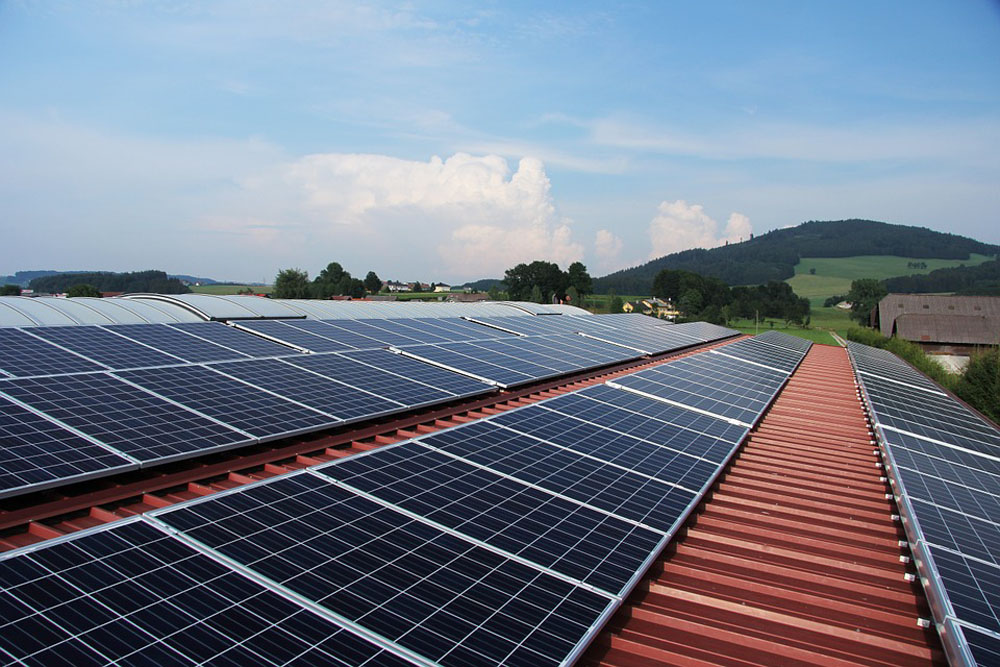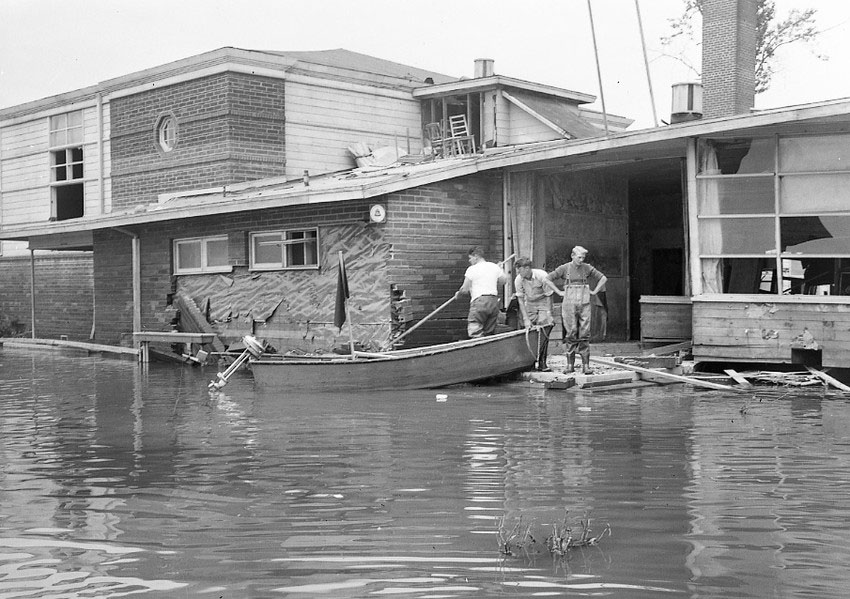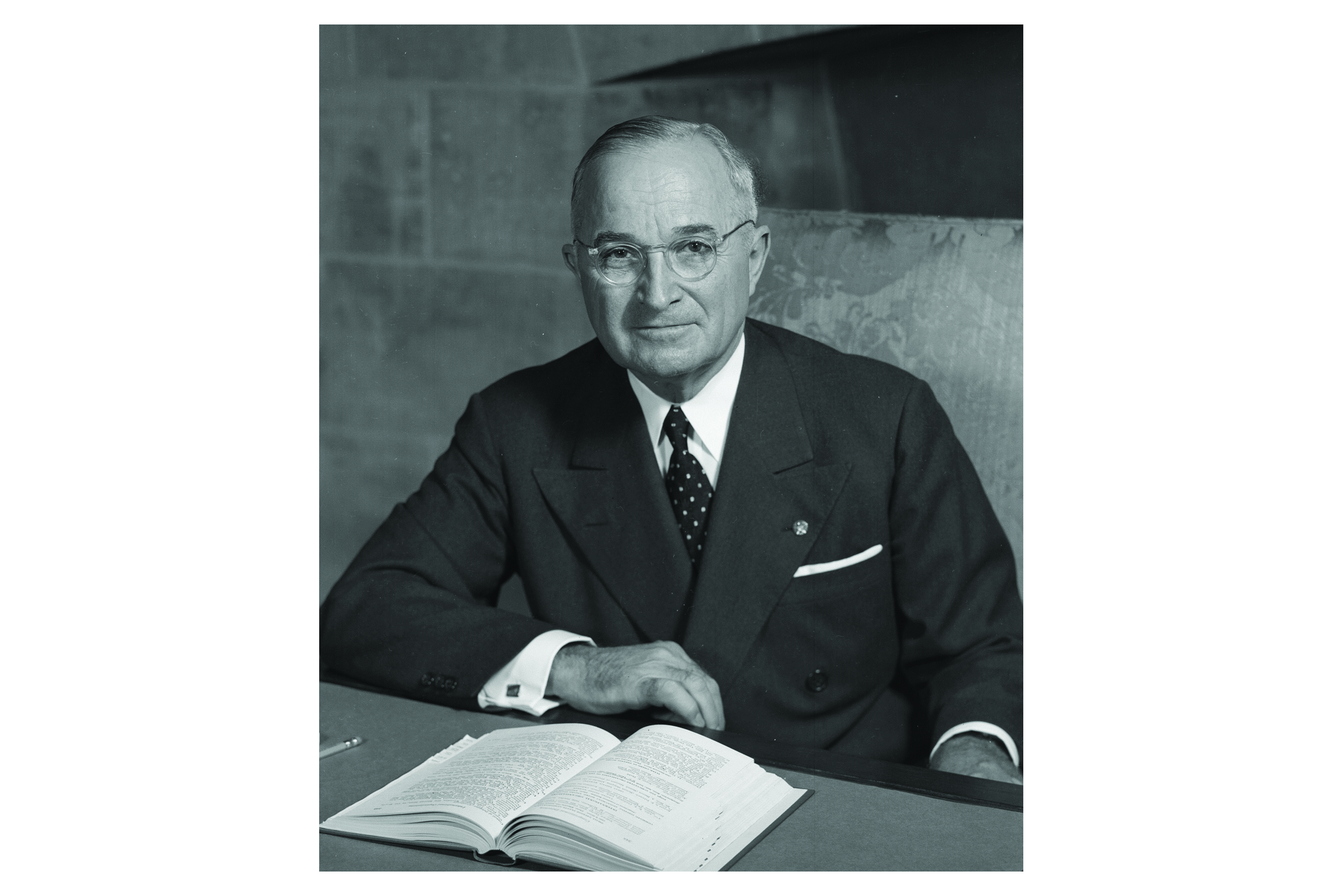Portland State University started life as the Vanport Extension Center in 1946. This new educational facility in the marshy slough lands between the Columbia and Willamette rivers was to eventually become a powerhouse among Oregon’s higher education institutions. But first, PSU had to be powered.
In 1946, with the war just ending and wartime industries winding down, Portland and the Pacific Northwest were faced with a swell of people moving into the area. With this increased population came an increased need for energy.
On Vanport Extension’s opening day, the area was served by numerous hydroelectric facilities and a few steam facilities. Some of these hydro plants are still in existence on the Clackamas and Willamette rivers, including the Faraday and Oak Grove plants. They were managed by several companies, including Portland Electric Power Company for most of the first half of the twentieth century, but in 1946 a bankruptcy and reorganization plan finally created Portland General Electric.
In the greater Northwest, power generation ran largely on hydro as well, including the vital wartime plant at Grand Coulee and the Bonneville Lock and Dam, both on the Columbia River. These facilities, especially Grand Coulee Dam, were integral to the war effort in the Pacific Northwest, and it was these dams that would power the Hanford Plant, which produced the fissionable material for both atomic bombs used on Japan.
The hydropower of the Pacific Northwest was an important aspect of the national war effort, and the power provided changed the history of this country. Hydropower also had a more practical use for Portland and Vanport Extension, one that was nonetheless vital to the existence of both: flood control.
In 1948, the Columbia River flooded, wiping out Vanport and the extension. This event drove home the need for further hydroelectric construction on the Columbia River. The goal was not just to generate power; it was to help manage the river behind these dams in the hopes of averting further catastrophe.
The next dam built, The Dalles Dam, was constructed in the mid-1950s and provided not just power but a more controllable Columbia. While the dam helped calm the raging river, it also silenced the Celilo Falls and inundated indigenous villages. This side-effect did not slow the construction of more hydro facilities, however, and scenes like the submersion of Celilo Falls would repeat again and again.
In the 1960s, as these dams continued to be built, the United States and Canada decided it would be in their mutual interests to enact a treaty governing how the river and its hydro, irrigation and flood control facilities were managed. Signed in 1964, this treaty centralized management of hydropower and worked to cement a secure and beneficial energy relationship between the two nations.
The 1960s was a period of shifts in energy security nationwide. With the formation of the Organization of Petroleum Exporting Countries in 1960 and the rapid rise of the Organization of Arab Petroleum Exporting Countries in 1968, the balance of energy security shifted sharply away from the United States and toward oil-rich nations in North Africa and the Middle East. As a result, the 1970s began and ended with energy crises that saw oil prices skyrocket and domestic woes rise in kind.
These energy crises were the basis for the search for renewable energy at the height of the conservation and environmental movements. Solar started slow but got a boost in the 1970s and even saw solar panels briefly appear on the White House. Other green resources, including wind power and increased capacity at hydroelectric plants gave a further boost to locally sourced energy.
By the 1980s, with the energy crisis of the ’70s a fresh memory, North American partners sought to liberalize trade and energy policy. The first bilateral agreement to arise from this renewed commitment to continental trade and energy security was 1987’s “Free Trade Agreement” between the United States and Canada. By liberalizing cross-border trade policy, including those relating to energy transmission, the agreement was intended to increase interdependence between the United States and Canada.
The “North American Free Trade Agreement” of 1994 later cemented those ties, created additional methods for liberalization of trade and energy policy and incorporated Mexico into the agreement. NAFTA also contained the “North American Agreement on Environmental Cooperation,” which put more emphasis on environmental oversight of energy and trade activities. These trade agreements have been important to integrating energy industries on the continent and have increased the number of cross-border energy projects, including the recently canceled Keystone XL project.
Back at PSU, we can see the results of the shifting energy generation and policy with the presence of solar panels on numerous buildings on campus and the visibility of turbines throughout downtown Portland.
PSU contributes to energy security by managing resources on campus, including investments in energy conservation and efficiency, alternate methods of lighting, heating and cooling, and a more visible effort to notify the public of current and ongoing power use. This is evident in Lincoln Hall, PSU’s first and most prominent building on the South Park Blocks, which is home to the largest solar panel array on campus. The old corridors of Lincoln Hall now host a new way forward toward energy security.





